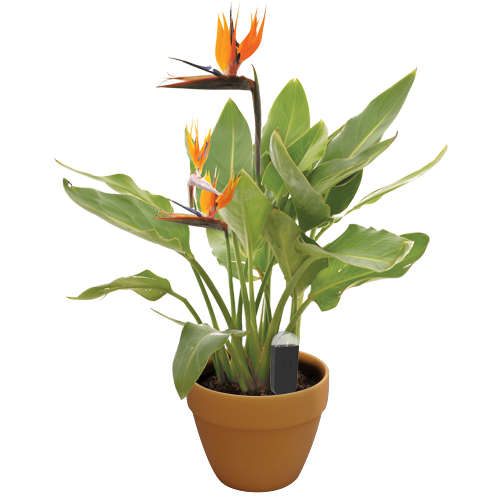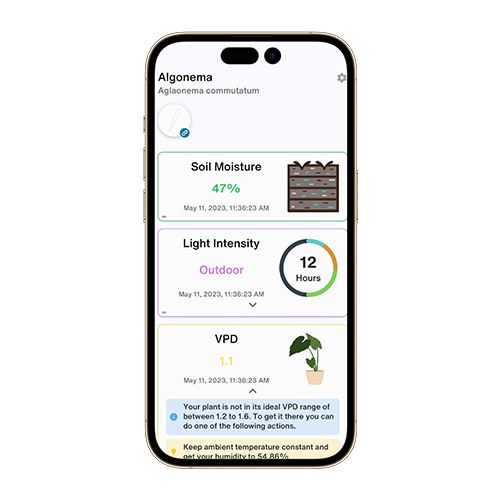Ocimum kilimandscharicum
分类
家庭Lamiaceae
属Ocimum
区10
关于
Ocimum kilimandscharicum, commonly known as camphor basil, is a shrub in the family Lamiaceae. Native to East Africa, it thrives in seasonally dry tropical climates. This plant is known for its aromatic leaves, which contain camphor and are used in traditional medicine and as a culinary herb.
也称为
Camphor Basil
Hoary Basil
Kilimanjaro Basil
Thai Basil
Ocimum johnstonii
Ocimum tortuosum
概述
想要更多提示吗?
细节
保养说明
Camphor basil requires bright, direct sunlight for optimal growth. It prefers moderate temperatures and moderate humidity levels. Water the plant when the soil is almost completely dry, and ensure good air circulation to prevent fungal diseases.收成
Ocimum kilimandscharicum, commonly known as camphor basil, is typically ready for harvest around 90 days after planting. Harvesting should be done when the plant is in full bloom to ensure the highest concentration of essential oils. Cut the stems about 6 inches above the ground, ensuring not to remove more than one-third of the plant at a time to allow for regrowth. It is best to harvest in the morning after the dew has dried but before the heat of the day to preserve the essential oils. Regular harvesting encourages bushier growth and prevents the plant from becoming woody.土壤
Ocimum kilimandscharicum prefers well-draining loamy soil. The soil should be kept slightly dry between waterings to prevent root rot. A mix of garden soil with sand and organic matter works well for this plant.肥料
Use a balanced fertilizer with a nutrient composition of 5-10-5. Fertilize the plant every 4-6 weeks during the growing season to promote healthy growth and foliage.换盆
Repot camphor basil every 1-2 years or when it outgrows its current pot. Choose a pot that is slightly larger than the current one and ensure it has good drainage. Gently remove the plant from its old pot, loosen the roots, and place it in the new pot with fresh soil.传播
Propagate camphor basil through stem cuttings. Take cuttings from healthy, non-flowering stems in the spring or early summer. Place the cuttings in water or moist soil until roots develop, then transplant them into individual pots.修剪
Prune camphor basil regularly to maintain its shape and encourage bushier growth. Remove any dead or damaged leaves and stems. Pruning can be done throughout the growing season, but avoid heavy pruning during the dormant period.毒性
Ocimum kilimandscharicum is not known to be toxic to pets or humans. However, as with any plant, it is advisable to keep it out of reach of pets and children to prevent accidental ingestion.额外的
Camphor basil can be grown both indoors and outdoors. When grown indoors, place it near a sunny window. Outdoors, it can be planted in garden beds or containers. Regularly check for pests such as aphids and spider mites, and treat them promptly if found.彻底改变您的植物护理
让每一个工厂都变得聪明


